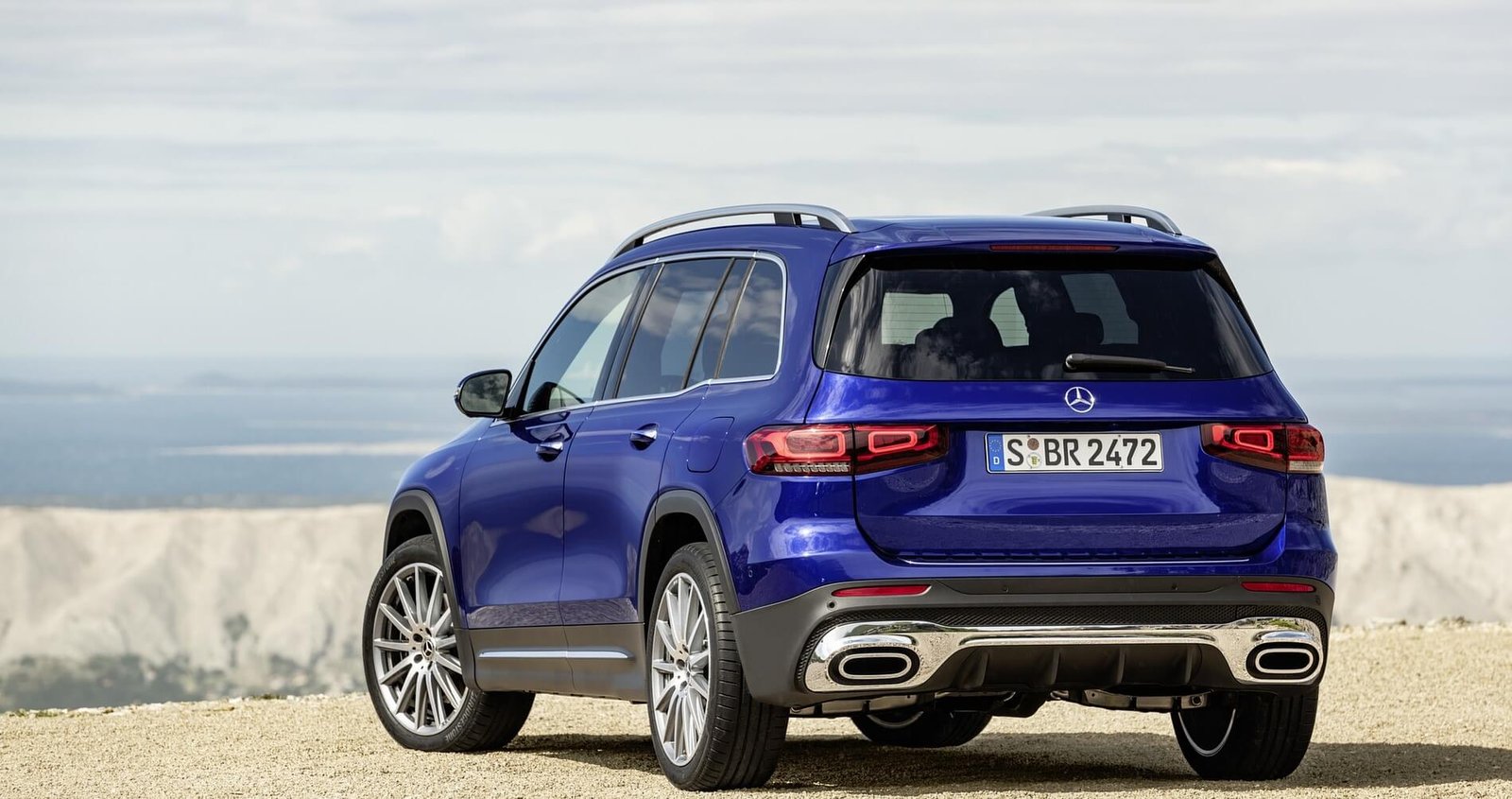
The overwhelming majority of the small, medium, and even large cars that propose to take seven people resemble that fellow who enters school work out of obligation. They do the job, but much less than what is expected from cars that cost almost $ 300,000, such as the unprecedented Mercedes-Benz GLB 200.
The SUV initially hit the market in a single version for R $ 299,990. The value surprised those who expected a more friendly tag for a car imported from Mexico and with the engine of the Renault Captur.
But the haters’ arguments stop there, and yet they are weak. The 1.3 16V turbo propeller, for example, was more developed by Mercedes than by the French partner, so there is no demerit in the option for the 163 hp engine (although it has other limitations). And the price refers to a complete model, with an adaptive speed controller, LED headlights, and panoramic sunroof.
In its first compact SUV for seven people, Mercedes even adopted a more sporty style, with 19-inch wheels and chrome trim on the body. However, anyone who has any sporting intentions will have to wait for the 35 AMG version, which, despite not having an engine made by a single engineer like the brand’s purebred sports cars, reaches 306 hp.
The GLB 200 is much less exciting, although the 10.5 seconds at zero at 100 km / h seem to indicate otherwise. But, before debating performance, let’s talk about its biggest differential, the third row of banks.
Getting two more people in a car takes more work than it looks. It is necessary to increase the rear doors and, especially, the rear overhang. As the GLB has a straight look, more for Class G than for GLA, the adjustments for the extra seats gave it an exotic profile: it seems that they gave up finishing the car abruptly after the last doors, with a dry cut right after the posterior columns.
The initial strangeness becomes routine when entering the additional seats, in a process equal (and limited) to that of other cars whose proposal is the same. The huge rear doors help, but there is no folding of the second row that can make access to the extra seats pleasant – however big the GLB is still a 4.63 m long SUV, only 24 cm longer than one. Jeep Compass. Fortunately, the “draw” has its refinements, such as cup holders and USB connectors (type C) for two extra occupants.
There is a double sunroof with an opening in the front blade, virtual assistant, two-zone air conditioning with outlet for the second row and quality finish, although the bar-style handles have a more rustic look. The 10.2-inch multimedia system includes cell phone charging by induction and four other USB-C connectors.
When running, the GLB shows performance similar to that of its third row of banks: on paper, it fulfills the task, but with many “butts” in real life. Just as you can not take seven adults comfortably on long journeys, the SUV demands a driver with the most demanding right foot to deliver the vigor that is expected of him according to the technical sheet.
There is even a providential alert for the driver on the digital panel if the seats are not locked in the correct position.
The seven-speed gearbox makes constant reductions to maintain the peak of the four cylinders, which works better at high revs. And as the automatic gearbox has two dry clutches, noises and even a few bumps are noticeable in more intense situations, such as downshifts uphill.
The control of multimedia can be done by the confusing commands sensitive to touch on the steering wheel, by the (slightly less) complicated touchpad on the central console, or on the screen itself.
In other seats, comfort is greater and equivalent to the price range of the model, which shares the platform with Class A.
Anyone willing to drive the model like a smaller car will not be disappointed. Even without adaptive dampers, the independent suspension excels at the task of keeping the 1.66 m high block in the upright position, even though this is rewarded with a little more discomfort than one imagines from a Mercedes in the daily asphalt pit Brazilian. Driving modes can stiffen the electric steering and change the gearshift and throttle shift map.
Access to the rear seat is poor, and the space is good for just two children – as in most seven-seat SUVs. If in terms of performance and space of the third row the GLB is only reasonable, when it comes to fuel consumption it shines. The small engine, features such as start-stop and the gearshift that is in neutral when the accelerator is released have allowed excellent rates for a 1.6 ton SUV. Just on the road, you can drive almost 800 km. And even with the second-row seats placed in the most comfortable position possible, there is still a good 500 liters left in the trunk, an invitation for long trips.
The trunk with the third row raised is reduced to just 130 liters. The luggage compartment also includes some tricks present in other models of the segment, such as a niche to store the trunk lid when the extra seats are in use.
The big problem with GLB is that, no matter how careful its finish and the equipment package, it is still very expensive. In this price range the SUV has different (and better) attributes in the dispute with several rivals, such as the Mitsubishi Outlander with all-wheel drive and a turbodiesel engine ($ 255,990) or the Volkswagen Tiguan R-Line, which has the same equipment, but is (much) faster and almost $ 80 thousand cheaper.
The 1.3 16V was developed by Mercedes in partnership with Renault.
The model’s natural defense would be to say that it rivals premium SUVs – an elegant way of saying that it only fights with models from Audi and BMW. In this controversial rule, the GLB is, in fact, alone: much larger, X5 and Q7 are the smallest cars in the competition capable of carrying seven people.
The point, however, is that targeting the upstairs clientele will make the consumer expect more performance and better space in the third row than the GLB can deliver. So he will always be squeezed between “less noble” competitors and rivals with the same status, but with a higher price and space.
This stalemate should restrict the reach of sales, but it is nothing that bothers Mercedes, focused on the higher profit margin of the most expensive versions of its models. After all, like those people who fall from parachutes in the school group, the important thing is to pass the year.













